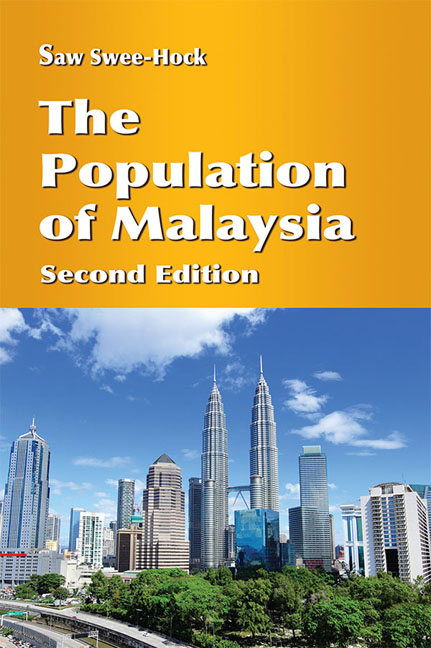Book contents
- Frontmatter
- Contents
- List of Tables
- List of Figures
- Foreword
- Preface
- 1 Introduction
- 2 External Migration
- 3 Internal Migration
- 4 Ethnic and Religious Patterns
- 5 Population Growth and Distribution
- 6 Population Structure
- 7 Nuptiality Trends and Patterns
- 8 Fertility Trends and Differentials
- 9 Mortality Trends and Differentials
- 10 Labour Force
- 11 Future Population Trends
- Bibliography
- Index
- Frontmatter
- Contents
- List of Tables
- List of Figures
- Foreword
- Preface
- 1 Introduction
- 2 External Migration
- 3 Internal Migration
- 4 Ethnic and Religious Patterns
- 5 Population Growth and Distribution
- 6 Population Structure
- 7 Nuptiality Trends and Patterns
- 8 Fertility Trends and Differentials
- 9 Mortality Trends and Differentials
- 10 Labour Force
- 11 Future Population Trends
- Bibliography
- Index
Summary
The amount of labour available for the production of goods and services in a country is determined by a variety of demographic, social and economic factors. The size of the total population and its composition with respect to sex and age determine the maximum limits of the number of persons who can participate in economic activities. Other factors such as the race composition, the degree of urbanization and the proportion of married women play an important part in influencing the proportion of the population, which will be represented in certain age groups in the working population. Among the more important economic and social factors are the industrial structure of the economy, the mode and organization of production, the per capita income and the traditional attitudes towards working women and working children. By and large, demographic factors are the major determinants of the size of the male working population since by convention nearly all men are engaged in some form of gainful work from the time they reach adulthood until they approach the retirement age. On the other hand, socio-economic factors seem to exert a greater influence on the size of the female working population.
CONCEPTS AND DEFINITIONS
The labour force statistics of a country can be collected by means of the gainful worker approach or the labour force approach.1 The older gainful worker concept was widely used before the Second World War and even during the early postwar years in some countries. In Peninsular Malaysia, it was last used in September 1947 when the first postwar census of population was conducted. According to this concept, the respondents were requested to state their usual occupation or gainful work from which they earned their income without reference to any time period. Those who were ascertained to have engaged in gainful work were considered as in the labour force, while those without any such work were classified as outside the labour force. Apart from the absence of a reference period to which the data could refer to, this method of collecting statistics cannot provide figures for the employed and the unemployed separately.
According to the labour force approach, all respondents aged 10 years and over were asked to state whether they were working during the reference period, and if not, whether they were actively looking for work.
- Type
- Chapter
- Information
- The Population of Malaysia , pp. 172 - 190Publisher: ISEAS–Yusof Ishak InstitutePrint publication year: 2015



